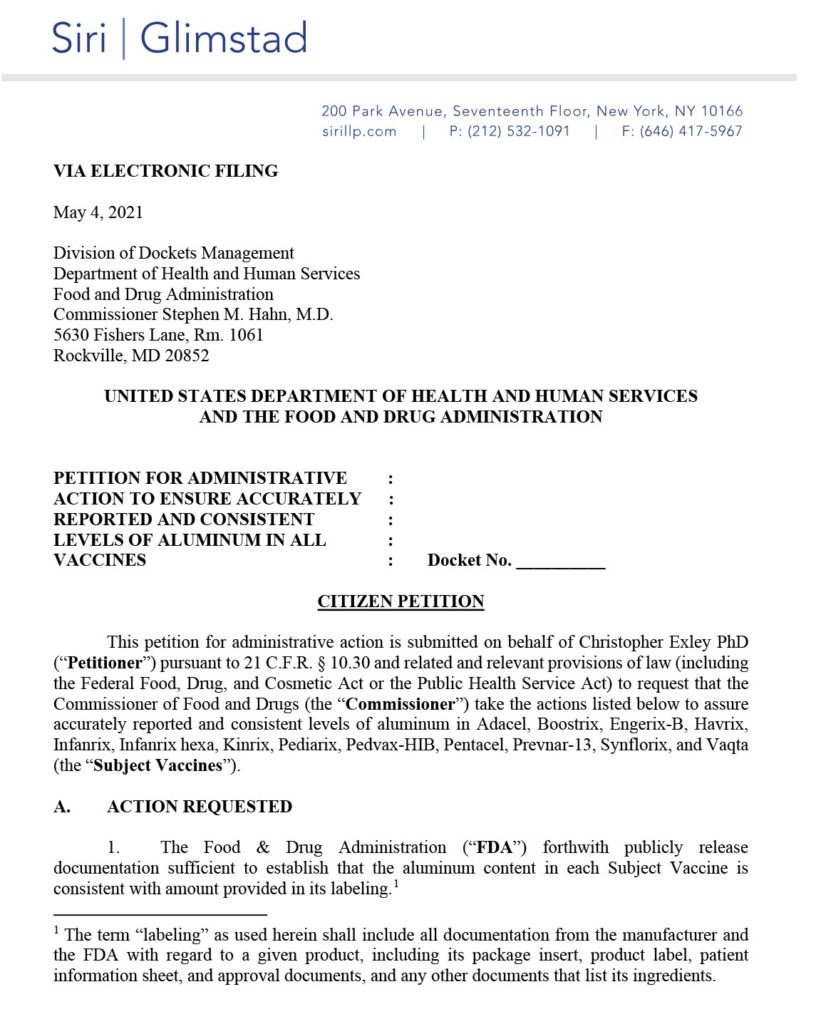
by Dr. Christopher Exley | May 6, 2025
Industry supported lies are peer reviewed published science apparently
(reposted from his Drs Newsletter)
The Paul-Ehrlich-Institute (PEI) is the German equivalent of the US CDC. While it identifies itself as a Federal Institute for Vaccines and Biomedicines it is really just an offshoot of Pharma and makes very little effort to hide this fact.
One of its ‘researchers’ is Karin Weisser and for the last ten years or so she has endeavoured to produce ‘models’ of human exposure to aluminium and specifically models addressing human exposure to aluminium through vaccines and subcutaneous immunotherapy (SCIT). Essentially her goal is to prove that aluminium adjuvants used in vaccines and SCIT are harmless.
Her latest attempt is published in the Springer journal Archives of Toxicology. On the surface the paper appears as legitimate, even useful, science relating to human exposure to aluminium. I assume that the paper was peer-reviewed which means that at least two scientists considered the research worthy of publication. It would not have survived peer review should the manuscript have turned up on my desk. I might have conceded that the modelling methods were appropriate, I am not an expert in such modelling. However, I have forty years of experience of human exposure to aluminium and I would not concede that the data used in the modelling is appropriate. I would go further in that I would have to point out that the data modelled were hand-picked with a view towards proving the null hypothesis, that being, nothing to see here. Part of the process of peer review is to be helpful and informative assuming the authors of the research are unaware of possible deficiencies. In adopting this role I would ask the authors of the research how they can equate the aluminium concentration in serum and/or urine with exposure to aluminium as an adjuvant in a vaccine. I would ask them if they were not aware of seminal research in this field, for example research by Gherardi or Exley. In particular I would emphasise the critical importance of the cellular transport of aluminium, for example, loaded in white blood cells such as macrophages. I think I would go even further in insisting that the authors consider cellular transport of aluminium in their modelling and I would point out that the evidence now suggests that the brain damage observed in autism is caused by the transport of aluminium adjuvant from a vaccine injection site to the brain in white blood cells such as lymphocytes.
Weisser and colleagues have spent the last ten years producing models of human exposure to aluminium that not only deny the significance of aluminium adjuvants in human disease but seemingly would like us all to believe that the brain is not a target for aluminium. It seems that according to the PEI the Earth is flat and the aluminium age is a benign age. What I struggle to understand is why Weisser and colleagues adopt such blindsight in their science. They masquerade as true scientists and many will not see below their disguise. I can only assume that their non-science is well rewarded. When I asked the journal, Archives of Toxicology, published by Springer, why no information is given in the paper on how the research was funded. I received only silence in reply.
In my introduction I suggested that the PEI is the German equivalent of the US CDC. I wonder what is happening under the new broom at the CDC. Has this former offshoot of Pharma changed its spots.
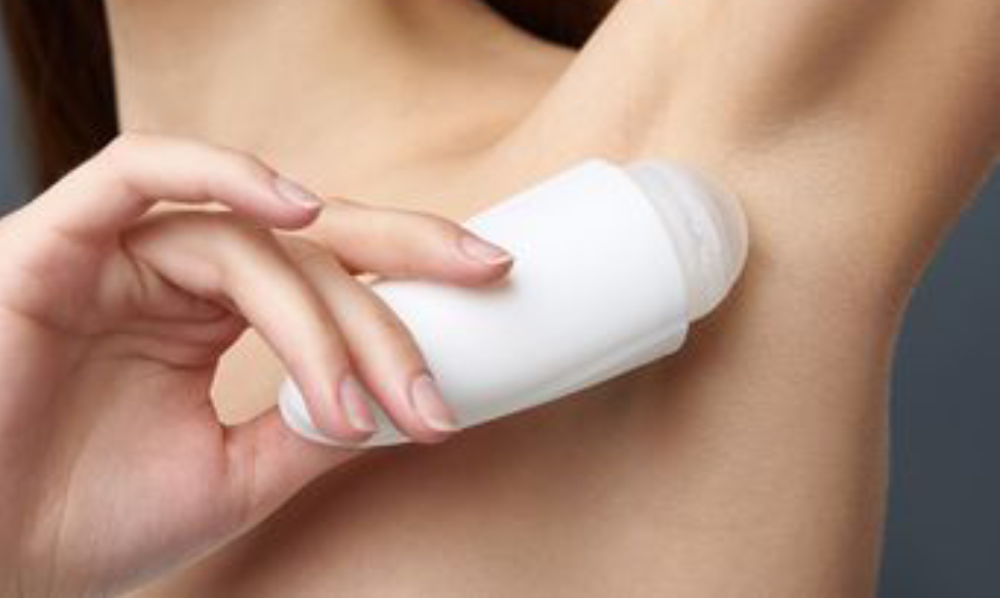
by Eileen Cleary Sellers | Oct 30, 2023
In the following excerpt of his recent post, Dr. Christopher Exley, eminent researcher (to the point of gaining the title Mr Aluminum in the industry), builds a scientific case tying breast cancer and aluminum, citing work by other noted researchers.
In my recent book I write about building a case for an aetiological role for aluminium in breast cancer. Herein I will revisit the chapter in my book and examine the case for aluminium anew.
My interest in breast cancer was sparked by the research of oncologist Philippa Darbre linking breast cancer incidence and occurrence with the regular use of antiperspirants. My interest in these ‘cosmetics’ went back much further and I was concerned that antiperspirants were significant contributors to the body burden of aluminium. Please read my book for an account of the history, but to cut a long story short, I collaborated with Darbre and we showed that breast tissue biopsies obtained from women with breast cancer contained aluminium. Of particular interest was that breast tissues closest to the underarm consistently contained a higher content of aluminium. Of course, our research was ignored by the breast cancer community and campaigned against by breast cancer charities, including the charity that provided the breast tissue biopsies used in our study! However, it was followed up by a number of research groups in Europe and the US and evidence began to be put forward to support aluminium as a carcinogen in breast cancer. Perhaps foremost amongst these groups is research led by Stefano Mandriota in Switzerland. Mandriota, an oncologist of some repute, showed that mouse mammary epithelial cells underwent malignant transformations upon exposure to aluminium. Aluminium-induced tumours were the result of genomic instability. The most recent publication from this group highlights the importance of chromosome instability in aluminium’s carcinogenicity. Mandriota’s meticulous cell and animal studies are building the case for a role for aluminium in breast cancer. These studies continue today and deserve our full support.
A role for aluminium in breast cancer is not dependent upon a link to the regular use of antiperspirants. However, the most definitive clinical trial yet to fully investigate such a link makes a very compelling case. The study found both significantly increased concentrations of aluminium in breast tissue in breast cancer and a significant increased risk of breast cancer in women who used an antiperspirant several times a day. Confirmation of increased content of aluminium in breast tissue in breast cancer asks the question at least as to the role played by aluminium-based antiperspirants in the accumulation of aluminium in breast tissue. Note that contrary to the information repeatedly reported by the antiperspirant industry these ‘cosmetics’ do not prevent sweating by simply acting as plugs in the sweat gland. These ‘cosmetics’ prevent sweating by inhibition of the activity of the sweat gland by aluminium. The industry is well aware of this but cannot admit to such since this would change the categorisation of antiperspirants from simple cosmetics to a medicine. The latter requiring authorisation through clinical trials demonstrating both safety and efficacy. (Well, this used to be the case prior to covid vaccines.) Since sweating is a significant route of excretion of aluminium from the body, inhibiting sweating in the underarm region is likely to promote accumulation of aluminium in the surrounding tissue.
The industry actively ignores the science and attempts to defend itself by funding studies that desperately look to minimise the role of antiperspirants in the accumulation of aluminium in breast tissue. Let me be frank about such published work. I do not believe them. They set out to prove a point and, hey presto, the results prove their point. The recent study I have highlighted is wholly funded by the antiperspirant industry, its interpretation is wholly dependent upon the premise that antiperspirants are simply acting as plugs in sweat glands and as a clue to its bias one can notice that it only cites industry publications and completely ignores all previous independent research in this field. One can only surmise that the journal editor and manuscript referees are either stupid or, perhaps more likely, industry affiliates.
I have built a case for a role for aluminium in breast cancer and I will continue to watch with interest the new and independent research that tests this role. …
PS Here is the latest paper by Stefano Mandriota on the important question of the carcinogenicity of aluminium.
The full article can be read here.
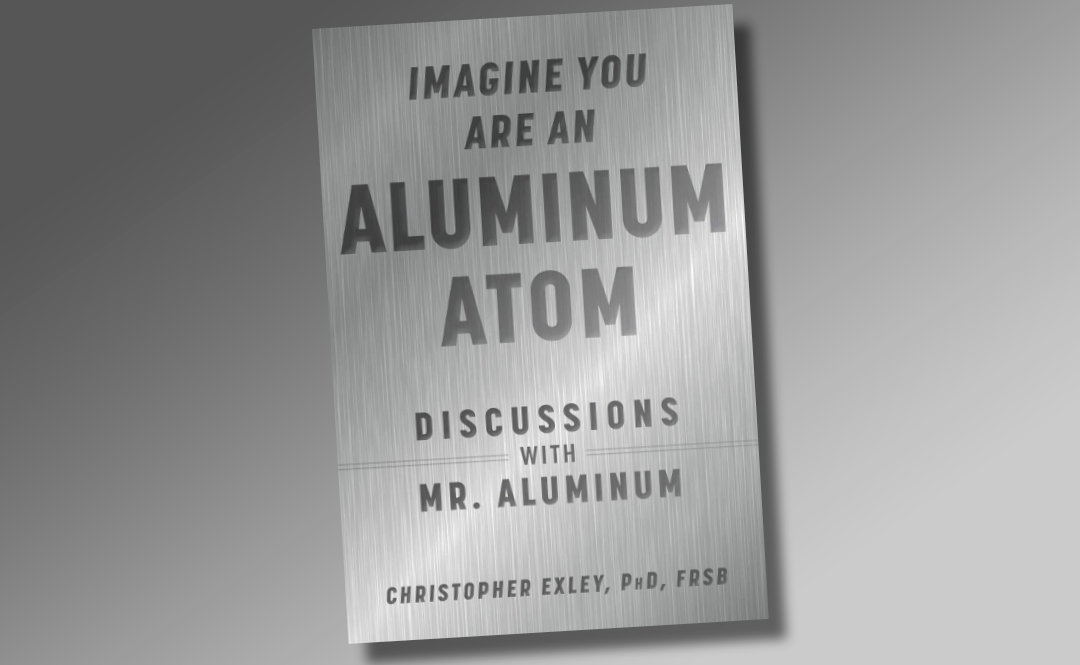
by Eileen Cleary Sellers | Sep 29, 2023
If you think reading about aluminum would be boring, guess again! Professor Exley is a gifted teacher and presents the subject matter in a very readable form. He explains in simple, understandable terms, the science of the effects of aluminum on the human body. He discusses aluminum in human health as a personal experience that you can control.
The book contains details of aluminum in our food, drink, cosmetics, medicines and how it contributes to Cancer, Alzheimer’s disease, and Autism, Multiple Scleroses, Parkinson’s disease and more. This book is more than informative; it is a reference book for everyone who might want scientific references on the subject.
“All of the aluminum found in, or associated with, the human body has the potential to result in toxicity.”
“…biologically reactive aluminum will be in the right place at the right time in sufficient quantity to manifest toxicity in the body. Aluminum is only toxic; it really should not be in the body.”
“By identifying Al3+ as the perpetrator of toxicity, all other forms of aluminum can be considered as sources of Al3+. All forms of aluminum including metallic forms will break down under certain conditions to release Al3+ for binding molecules.”
When aluminum enters the human body, by ingesting it in food or drink, or rubbing it in our skin from antiperspirants or sunscreen, it becomes biologically reactive. Aluminum has no purpose in our body; it has no benefit to us. Once aluminum comes into the body it has to go somewhere. Where? Your cells take it and park it in soft tissue or bone. It gets taken to the brain and organ tissues and it causes trouble. Professor Exley explains how you can help eliminate some of this aluminum on a daily basis. It is as easy as drinking water, but not any kind of water.
The chapter on vaccine safety is a must read. “There is no requirement of vaccine manufacturers to demonstrate that aluminum adjuvants, the most critical component of this type of vaccine, are safe for use in humans. Consequently, there are no safety studies, and there are no aluminum adjuvants approved for use in human vaccines.”
This is a must read book for anyone concerned about the causes of major diseases in themselves or their loved ones and children.
Visit my Shop page for a link to buy your copy today.
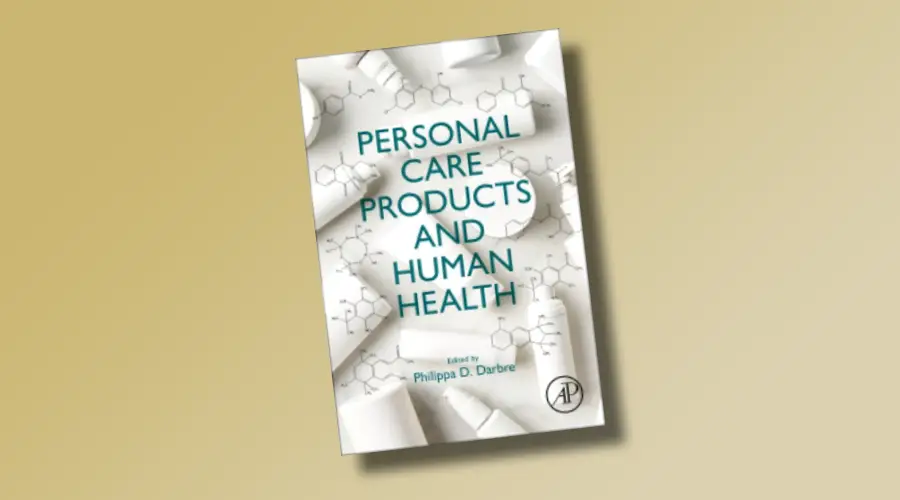
by Eileen Cleary Sellers | Sep 29, 2023
Dr. Philippa Darbre, PhD has been studying and researching the effects of chemicals in our personal care products for 40 years. Her research was instrumental in getting parabens removed from underarm cosmetics. She specializes in endocrine disruptors and breast cancer. She has compiled the research in this new book to help researchers, toxicologists, and scientists to help them understand the science in our personal care products.
This is a must have reference book for anyone studying environment and human health, especially women’s health issues. The book includes reports on cosmetics, plant based ingredients, talcum powder, parabens, aluminum and carcinogens.
Visit my Shop page for a link to buy your copy today.
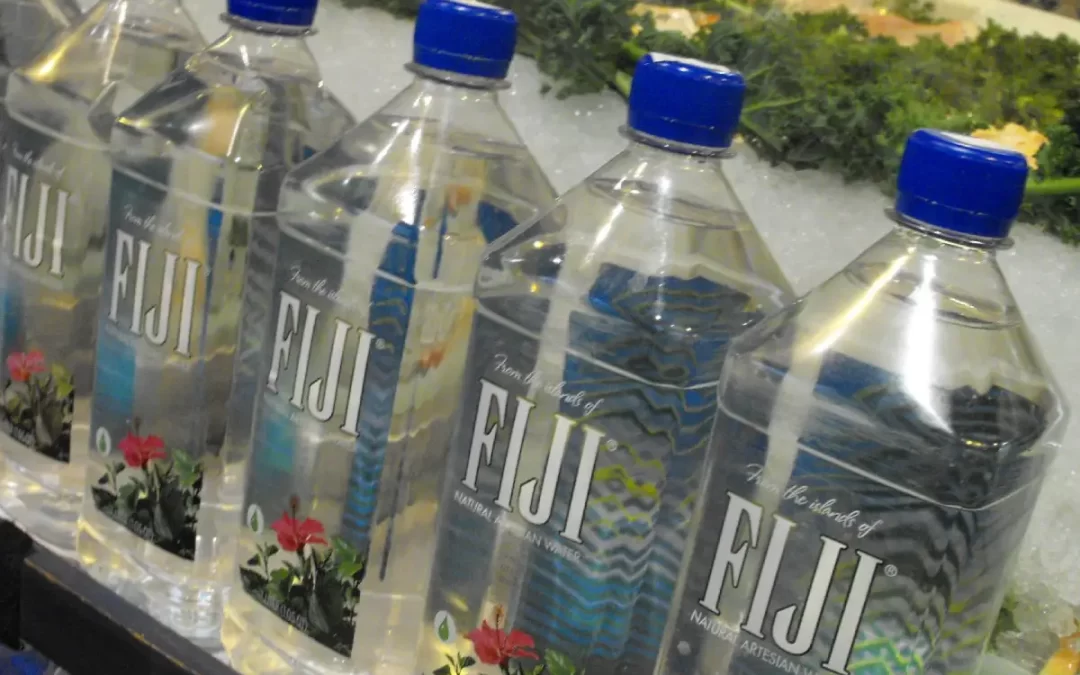
by Eileen Cleary Sellers | May 8, 2023
“Salicylic acid is an effective agent used for the treatment of psoriasis.* With its combined anti-inflammatory and exfoliating effects, it effectively reduces scale, induration, itching, and erythema.**”
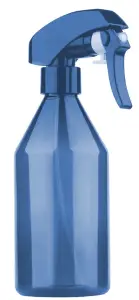 Fiji Water is a mineral water that is naturally high in silicic acid. Just buy it at your store or order it on line. Fill a fine mist sprayer with Fiji water and mist the affected area several times a day or several times an hour if you want.
Fiji Water is a mineral water that is naturally high in silicic acid. Just buy it at your store or order it on line. Fill a fine mist sprayer with Fiji water and mist the affected area several times a day or several times an hour if you want.
You’ll notice the red inflammation will decrease in a few hours and by the next day you’ll see a big improvement. Keep misting every day. We used a bottle from our eyeglass sprayer, it works great and it is small enough to fit in your purse. Don’t forget to mist your face, it feels great. And don’t forget to drink it too!
Try it and let us know if this helped you.
Did Fiji Water help you? Yes No






 Fiji Water is a mineral water that is naturally high in silicic acid. Just buy it at your store or order it on line. Fill a fine mist sprayer with Fiji water and mist the affected area several times a day or several times an hour if you want.
Fiji Water is a mineral water that is naturally high in silicic acid. Just buy it at your store or order it on line. Fill a fine mist sprayer with Fiji water and mist the affected area several times a day or several times an hour if you want.